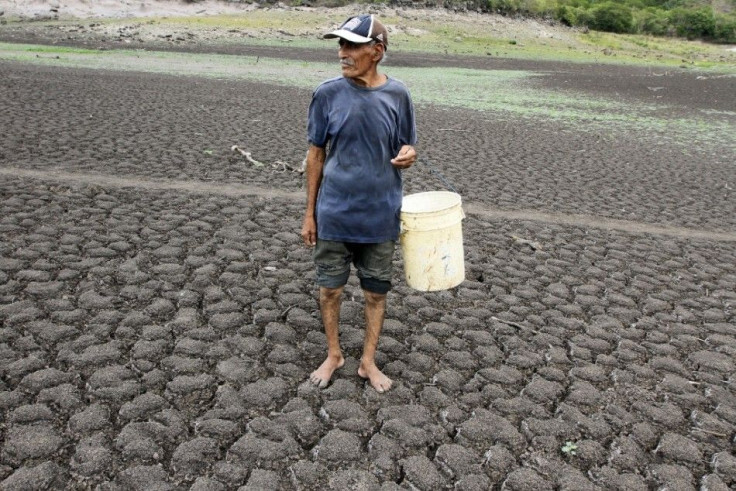New Curbs On Water Supply Add To Hardship of Kiwi Farmers: El Nino Patterns Hastening New Zealand Water Shortage

The scare of New Zealand water shortage, driven by El Nino is becoming real with farmers facing summer water restrictions in many regions. Scientific forecasts had warned about an El Nino weather pattern in the making. The dairy farmers will be at the receiving end. They are already facing the heat of plunging milk prices. The El Nino patterns are reportedly developing dry conditions on the east coast of the North and South Islands. It is feared that in the next three months it may turn severe.
The National Institute of Water and Atmospheric Research announced that restrictions have been placed on water flowing from the Opuha dam in South Canterbury, which is irrigating 16,000 hectares of farmland, reported Bloomberg News.
Dairy Sector Vulnerable
Fonterra Cooperative Group Ltd, world's largest dairy exporter in New Zealand recently announced that milk production through October was four percent up than a year before. But economists warn that if the dry conditions were to persist, there will be slow down in output and production growth in milk could be reduced to two percent by the end of the season and can affect the gross domestic product also.
Doug Steel, senior economist at Bank of New Zealand Ltd said, "We are conscious that milk output will come down as we go through summer in the southern hemisphere." The economist expressed the concern that El Nino pattern will affect agricultural production as electricity sector will be hamstrung by the lack of resources for cheaper hydro generation. That is how it can become a drag on GDP.
New Zealand's milk production plunged in the 2012-2013 season, after the worst drought in 30 years, hit the large dairy regions of the North Island. Now northern provinces are enjoying good grass growth and dry conditions are threatening the south. Steel said, collectively, the impact will be less damaging, reported SLTrib News.
Farm Incomes
For farmers, grass is the cheapest source of feed and when that is not available they have to tap other alternatives, which will be costly. The NIWA said drought conditions are imminent in several regions unless there is sustained rainfall. It said indicators about Pacific ocean temperature and atmospheric conditions confirm an El Nino pattern. "International guidance indicates that the chance for El Nino developing over the December-February period is about 75 percent," the institute said in a statement. This is higher than the 66 percent probability, recorded in November.
Meanwhile, Environment Canterbury imposed curbs on Opuha Water Ltd, which is supplying water to farmers and Fonterra's Clandeboye plant. The dam storage levels are just above 50 percent of the capacity, and is showing unprecedented deficit, reflecting the low rainfall and lack of snowfall in the winter. Opuha's chief executive said in a statement that the company has already urged farmers to reduce their water intake by 25 percent to ensure sustained water supply in the future. If the current conditions prevail, more restrictions will be put in place by late January, the company said.





















